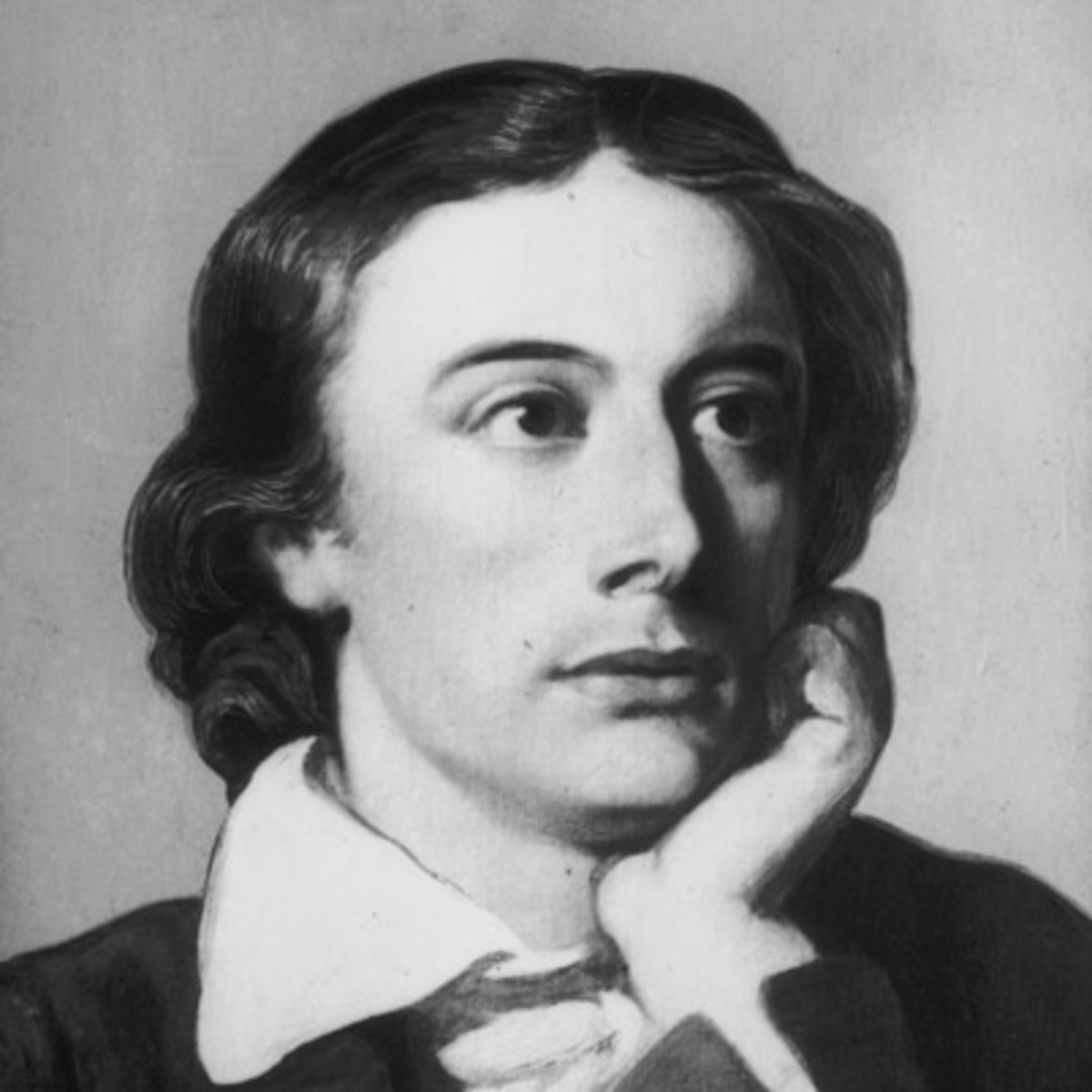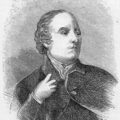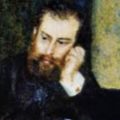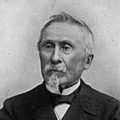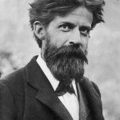John Keats
Ode to Autumn
Today is the birthday of the English romantic lyric poet John Keats who was born in 1795.
During his short life, (Keats died from tuberculosis at the age of 25), his poems didn’t make much of a mark.
But after his death, Keat's reputation grew, and today, he is considered one of the world’s most beloved poets.
Keats wrote his famous Ode to a Nightingaleafter hearing a nightingale singing in his garden. History records that Keats was sitting under a plum tree, and he scribbled the lines to the poem in a notebook. Then, he tore the pages out, and they are now preserved in a museum.
Another famous poem by Keats is Ode to Autumn. Keats came up with this poem 200 years ago while walking to the hospital of St. Cross. The most famous verse is:
"Season of mists and mellow fruitfulness,
Close bosom-friend of the maturing sun."
My personal favorite verse is:
"Later flowers for the bees,
Until they think warm days will never cease."
Keats reflected on his Ode to Autumn in a letter to his friend, John Reynolds, saying:
"How beautiful the season is now — How fine the air. A temperate sharpness about it.
Really, without joking, chaste weather — Dian skies — I never liked stubble-fields so much as now — Aye better than the chilly green of the Spring.
Somehow, a stubble-field looks warm — in the same way that some pictures look warm. This struck me so much in my Sunday’s walk that I composed upon it."
Today, you can visit the John Keats home. It's an impeccable white Georgian villa, and it is the place where Keats wrote many of his best-loved poems. If you're ever in London, just search for Keats House and gardens. It has awesome reviews on Trip Advisor.
This post was featured onThe Daily Gardener podcast:
helping gardeners find their roots,
one story at a time
